Wireless security systems quickly conquered the alarm market, at first glance, leaving no chance of survival for traditional wired solutions. And although the advantages of using communication receiving modules and radio transmitters as such are reduced in their importance compared to the reliability of a conventional camouflaged cable, sending information to a remote distance to a person interested in protecting an object can play a decisive role. And while the leaders of the segment continue to develop high-tech telematic protection systems with high price tags, the IPro enterprise sells Sentry alarms available to a wide range of owners, which, depending on the version, are suitable for protecting houses, apartments, summer cottages, garages, etc.
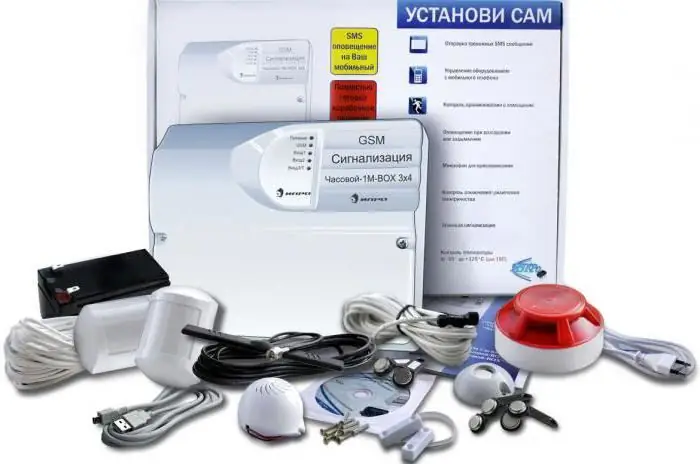
What is a GSM alarm?
The general consumer first got the opportunity to use similar security systems in the heyday of radio pagers, on the basis of which electronic car alarms of the first generations operated. Today, GSM cellular communication is considered an obsolete method of communication, but the effectiveness of its main function of data transmission is still not disputed. Plus it's inexpensivemeans of communication, which makes IPro's offers even more attractive. Even the basic packages of the "Smart Sentry 4" family provide the ability to fully cover the communication lines between the target security points and the direct owner. The entry-level system provides 4 inputs for connecting to different groups of sensors. For each of them, an individual text is set for sending in SMS. Sensors are connected in series, so when one is disconnected, an alarm is automatically activated on other circuits.
Varieties of systems
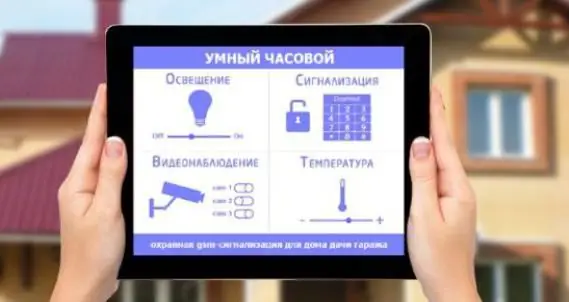
The principle of interaction between the owner of the object and the security complex is only the format of the operation of such systems, but small technical and functional details can direct protective tools for different purposes. As already mentioned, the manufacturer offers several series that are intended for homes, cottages, businesses, etc. As for models for apartments and houses, they rely on monitoring several access zones, control against water and gas leaks, and smoke fixation and fire, as well as remote control with elements to maintain sufficient energy savings. In the case of signaling for summer cottages, the main goal will be precisely the control of physical access to the object with a reliable and secure communication channel. Also in its versions, the manufacturer offers gardeners additional modules for controlling irrigation and irrigation systems. In the commercial segment, they find their client and alarms, which include listening elements: video bugs and microphones.
Heating controls
Creating an optimal microclimate is also included in the spectrum of tasks of the system under consideration. But in different versions it is embodied according to individual schemes. For example, to control the operation of one temperature sensor, the simplest modification "1MT BOX 3x4" is recommended. If it is planned to base the package on the security function, then the “1MT BOX 3x4 Set” system should be preferred. 1 temperature sensor and 2 additional detectors can be connected to the device. In addition to the mandatory equipment for temperature regulation, the set of this offer includes sirens, security keys, motion sensors, etc. The most technologically advanced system of this type is the “Sentry 8x8 RF BOX” alarm system, which includes 6 temperature sensors and redo-channel signal sending modules. On the one hand, such complexes provide a full-fledged protective and security function, and on the other hand, they make it possible to control all modern indicators on heating boilers.
System sensors
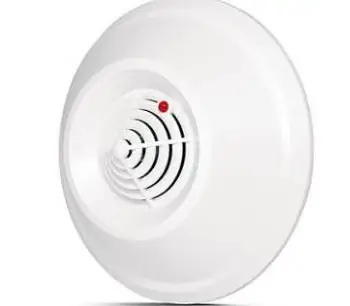
Usually sensory elements are classified according to the principle of action, but in this case their target orientation is more important. The manufacturer divides the sensors into three main groups, which, respectively, are used at the frontier of entry-level, intermediate and higher security. By the way, the "Smart Watch 4" line can cover all stages of protection - it is enough to choose the optimal model. It can be conditionally said that the first frontier is mainly represented by leak sensors, that is, the simplest household detectors. The second level is morecomplex equipment involved in the complex regulation of the operation of lighting equipment, protective blocking modules, power supply systems, etc. The third line of defense is found in enterprises and office premises where specialized tasks are required. This may concern listening, complex detection of a specific area, as well as issues of protection from external radio frequency exposure.
Key Features
From the foregoing, we can conclude that it is the sensor that is the key component of such alarms, so its operating parameters will be the main ones. So, the frequency of signal transmission by devices can vary from 18 to 60 kHz. Most sensors operate in this spectrum, although modern motion sensors operate in the microwave range at 10.5 GHz. The number of sensitive elements rarely exceeds 8. On average, these are 2-3 devices that control household needs, and the same number of protective devices. According to the consumption data, the Sentry GSM alarm system is undemanding - connecting to a 220 V network, it requires only 40 mA. But the system is extremely sensitive to the temperature balance - as a rule, the frames are set in the range from -30 to 60 ° C.
Installing components
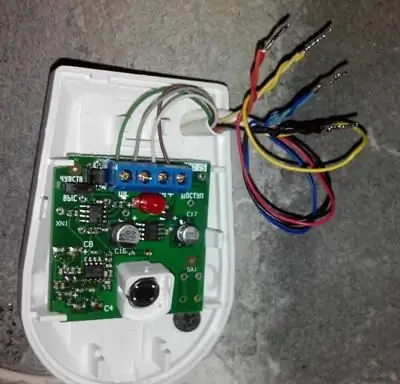
Installation work does not require special operations using sophisticated equipment. It is enough to place and secure the functional components of the system in the most advantageous areas in terms of operational efficiency. The main GSM controller is mounted on a visible andin an accessible place using the supplied fasteners. Antennas are mounted respectively in the housing of the central control unit and in the place of the best signal processing when communicating in remote mode. The sensors are mounted in the target protection and security zones - it depends on the direction of the specific "Sentry" signaling kit. The instructions for all types of sensors indicate that they should be placed in areas that do not provide for direct exposure to climatic or electromagnetic equipment. Extraneous waves can disrupt the performance of sensitive equipment.
Alarm setting
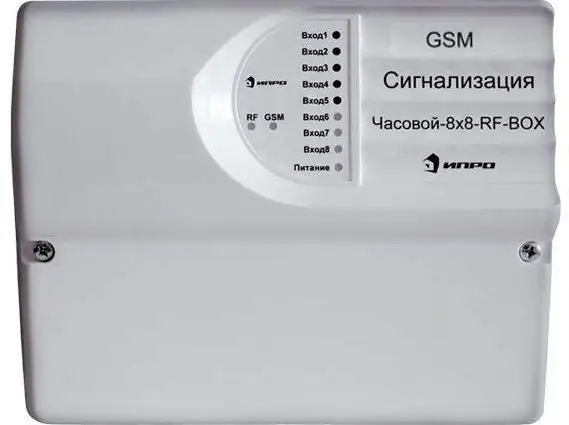
First of all, you need to activate the SIM-card, through which the alarm system will interact with subscribers to send alarm messages. It is inserted into the corresponding slot of the central control unit. By the way, a controller without a SIM card will not allow you to perform even basic settings. Further, for convenient work with the system, it is desirable to use the company's proprietary software, specially designed for the "Sentry" signaling. Setting using the software configurator will allow you to set the parameters of the functioning of different hardware groups and individual devices. The user, in particular, will be able to prescribe the addresses of subscribers for notification with indication of message texts. At the same time, each sensor can be configured in terms of sensitivity, which is especially important for motion sensors. In one zone, you will have to make allowances for the draft, lowering the susceptibility, and in the other, on the contrary, installthe maximum sensitivity level that will allow you to capture the smallest signs of third-party presence.
Positive feedback about the "Sentry" alarm
The systems of this line have a lot of fans because of its democratic cost and wide functionality. Work at long distances is put on the list of the main advantages of the kit. The ability to send alarm messages without special navigation modules is perhaps the main merit of the proposal. The ergonomics of the "Sentry" security alarm control is also noted, with regard to both physical manipulations with sensors and direct interaction with the controller interface. The same work with the settings via a computer via USB greatly simplifies the process of operating the system.
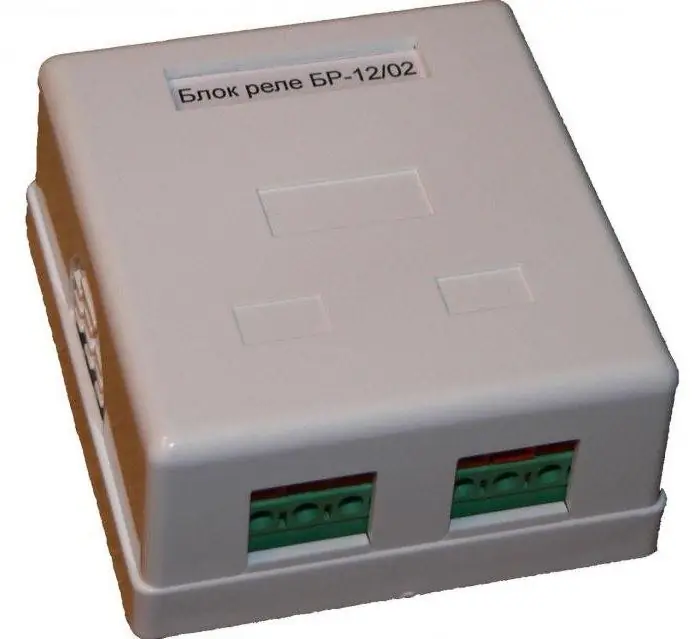
Negative reviews
Still, against the background of multifunctional alarms with GPS-modules, this alarm looks extremely poor, although the developers have worked out some communication skills quite seriously. The most common aspects of criticism include the lack of a remote control key fob. For example, arming and disarming commands are implemented either by means of SMS, or by the complete "Sentry" signaling keys. Reviews also emphasize the low quality of the protection of the transmitted signal. Firstly, in any case, it will depend on the conditions of the area - on how favorable they are for communication. And secondly, GSM channels are considered very vulnerable, so they are increasingly being abandoned in favor ofGPS tools.
How to choose the best alarm kit?
You should focus on the main labeling of packages - for home, summer cottage, business, etc. The manufacturer in each set provides an optimal list of components suitable for specific purposes. Nevertheless, initially it is worth calculating the needs for different types of sensors, determining their number and location areas. For example, an alarm for a dacha in a minimal assembly may contain 2-3 motion sensors (for windows and doors) and not have any means of detecting smoke and fire at all. On the contrary, it is recommended to provide a large private house with full-fledged groups of motion sensors, fire and gas detectors, as well as intelligent controls for engineering equipment.
Conclusion
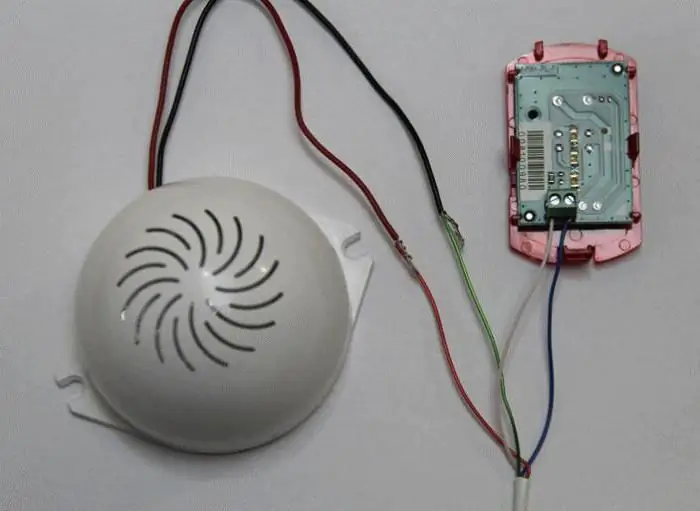
When creating the "Sentry" line, the developers of "IPro" chose a rather popular strategy of replacing high-tech solutions with cheaper and outdated analogues. So, the tasks that are actively entrusted to navigation systems today are in this case shifted to traditional cellular communications. It was this transition that significantly reduced the cost of the Sentry signaling, which on average costs from 8 to 12 thousand rubles. For comparison, alternative options based on GPS or GLONASS are estimated at 20-30 thousand. Of course, the main difference is not in cost, but in the direct operational capabilities, reliability and efficiency of the systems.






